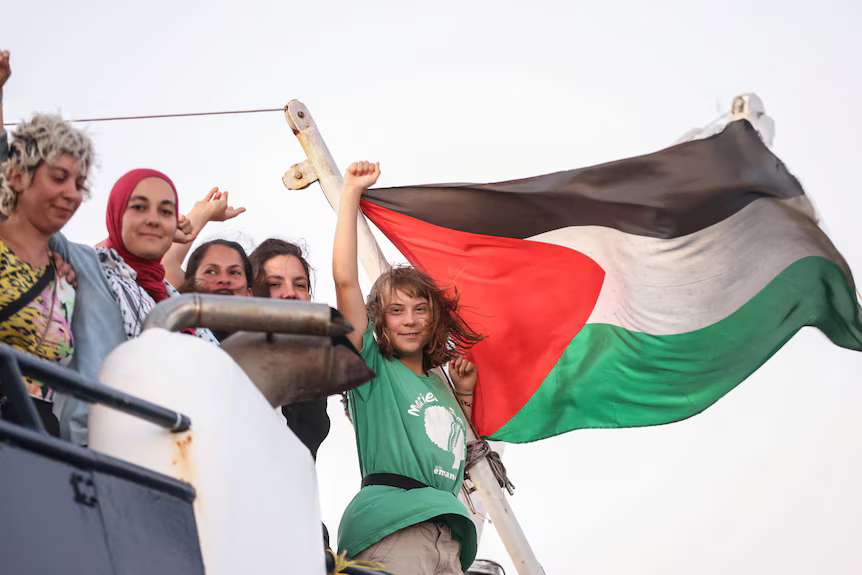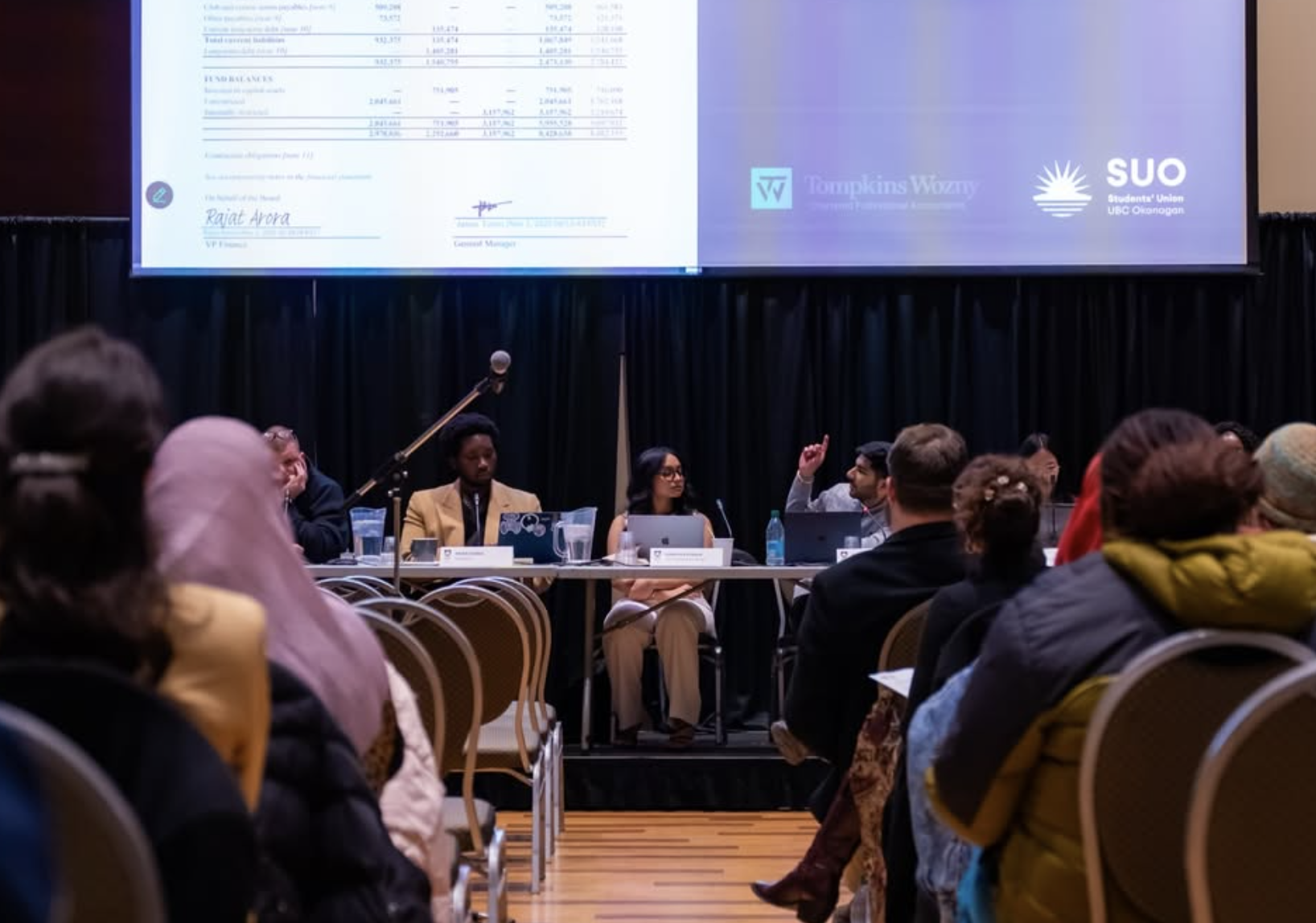
While the war in Gaza is officially over, at least for now, the policies of both Hamas and the Israeli government continue; there is no vacuum, even as Israeli troops withdraw from portions of the strip and both governments release hostages and prisoners of war. Meanwhile, the Israeli government’s military forces continue to enforce a near-complete blockade of civilian aid from land and by sea. With the situation officially deemed a famine by the United Nations, and without a strictly legal means for further aid to enter the strip to alleviate the crisis, various NGOs and aid groups have resorted to more legally dubious solutions: namely, to bring a flotilla of aid ships into Gazan waters despite the naval blockade.
This is not a new strategy. In fact, aid flotillas have been making attempts at reaching the Gaza strip since 2008, with few successes. These efforts have typically been organized by the Free Gaza Movement and various other NGOs, with the most recent flotilla setting sail in late September of this year. Among those on that most recent outing was Swedish activist Greta Thunberg, alongside various other volunteers including French politician Rima Hassan.
This flotilla was the second of its kind this year, the first launching in May also being intercepted before arrival to the Gaza strip. The most recent flotilla, however, was much higher in profile, with Thunberg and Hassan increasing visibility for the attempt at aid distribution by their sheer presence. It is worth noting that the flotilla was bombed by a drone during preparations to set sail on May 2nd, 2025, prompting a naval escort from Italy and Spain for a portion of the remaining trip before closer approach to the Gaza strip.
What followed was the best attempt at delivering aid to the Gaza strip in the history of the flotilla effort — closer than any other in the history of the strip. Nevertheless, all ships were intercepted, boarded, and the participants placed under arrest, Greta Thunberg among them. What followed as Thunberg and others were incarcerated was reported as a series of physical and psychological abuses against Thunberg, including being kicked, punched, made to kiss the Israeli flag, and being generally mocked. These claims were made by Greta Thunberg herself, as well as by numerous witnesses detained from the flotilla, including further claims that the detainees were denied food and water except from their cell’s toilet, denied communication with their lawyers, and that the National Security Minister, Itamir Ben-Gvir, spoke with detainees personally.
The Israeli government has refuted most of these claims, stating that “All of her legal rights were fully upheld [...]. She [...] never lodged any complaint with the Israeli authorities regarding these ludicrous and baseless allegations — because they simply never happened. Furthermore, the Israeli foreign ministry broadly denounced the claims as “brazen lies,” though minister Ben-Gvir shared his perspective online: “I went to visit Ketziot prison and I was proud that we are treating the ‘flotilla activists’ as terror supporters, whoever supports terrorism is a terrorist, and deserves the conditions of terrorists,” he said. “It is worthwhile for them to experience the conditions in Ketziot prison, and think twice before they come close to Israel again.”
With the recent agreement to a ceasefire between Israel and Hamas, it remains to be seen as to whether further aid will make it into the strip; Israel has moved to further halve all aid entering the strip through the Rafah crossing until Hamas returns the missing bodies of some of the dead hostages, which Hamas claims it is having trouble finding in the rubble of the strip. The naval blockade remains up around the coast, further preventing aid to enter the strip via international waters, leaving the Palestinian aid movement approximately where it was before the ceasefire.
In any case, one cannot underrate the value of a ceasefire in preventing further suffering and death. With Israeli Defence Forces pulling out of parts of the strip in a prolonged withdrawal, the ceasefire has largely put an end to violence, though not without accusations of breaches from both sides. What remains to be seen is how Gaza will rebuild. According to various sources, over 80% of the Gaza strip is considered “destroyed,” and estimates vary between $70 and $120 billion needed to rebuild the ravaged land comparable in size to the city of Detroit. What is known now, however, is that with a blockade of some form or another seeming likely to continue no matter what, it may be only a matter of time before the next flotilla sets sail.



